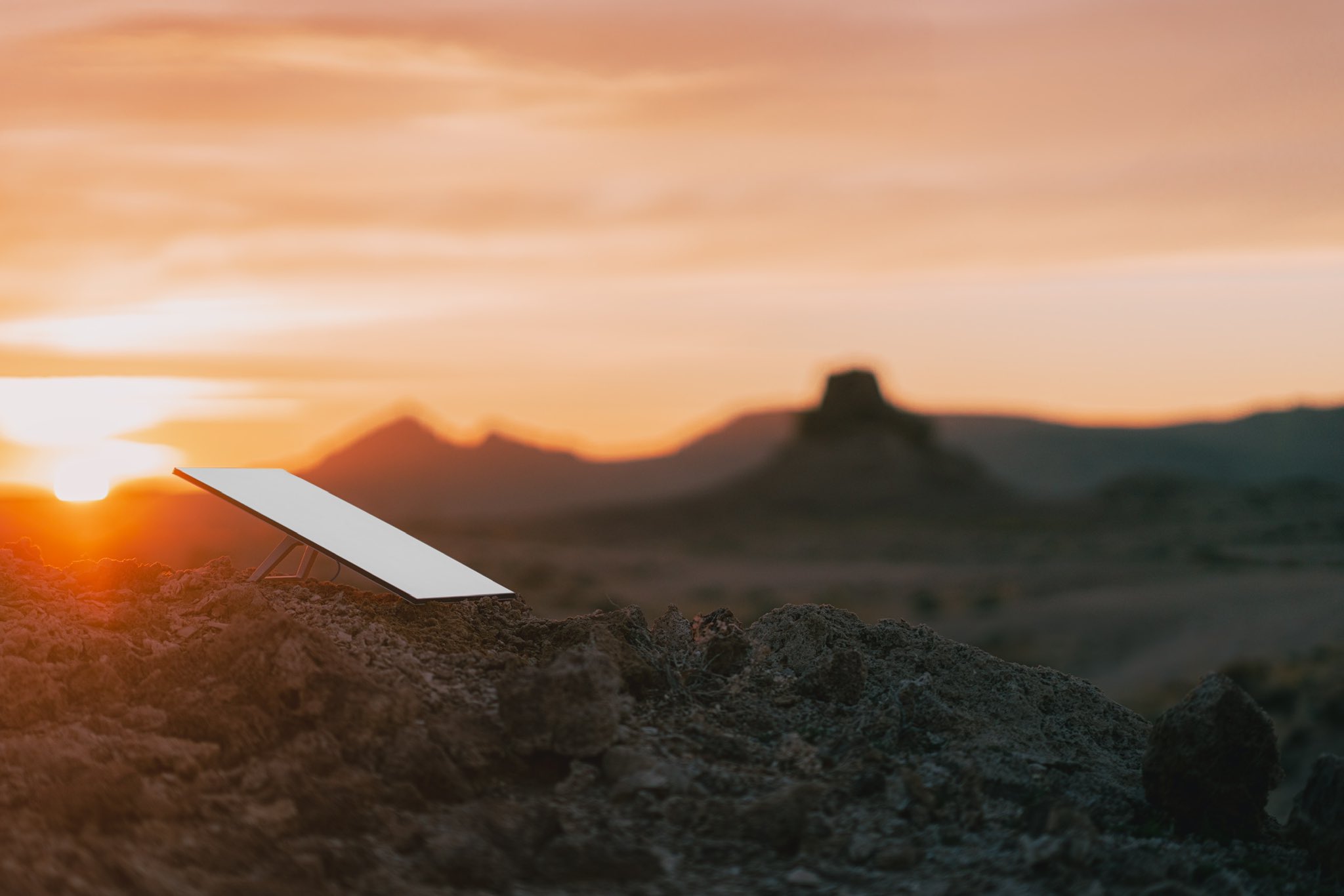Hamartia Antidote
Elite Member
- Nov 17, 2013
- 38,450
- 22,586
- Country of Origin

- Country of Residence

Starlink's Laser System Is Beaming 42 Million GB of Data Per Day
A SpaceX engineer details how the company is using a fleet of 9,000 lasers over the Starlink constellation to deliver high-speed internet across the globe.
SpaceX's laser system for Starlink is delivering over 42 petabytes of data for customers per day, an engineer revealed today. That translates into 42 million gigabytes.
“We're passing over terabits per second [of data] every day across 9,000 lasers,” SpaceX engineer Travis Brashears said today at SPIE Photonics West, an event in San Francisco focused on the latest advancements in optics and light. "We actually serve over lasers all of our users on Starlink at a given time in like a two-hour window.”

(Credit: PCMag/Michael Kan)
Although Starlink uses radio waves to beam high-speed internet to customers, SpaceX has also been outfitting the company’s satellites with a “laser link” system to help drive down latency and improve the system's global coverage. The lasers, which can sustain a 100Gbps connection per link, are especially crucial to helping the satellites fetch data when no SpaceX ground station is near, like over the ocean or Antarctic. Instead, the satellite can transmit the data to and from another Starlink satellite in Earth’s orbit, forming a mesh network in space.
Tuesday’s talk from Brashears revealed the laser system is quite robust, even as the equipment is flying onboard thousands of Starlink satellites constantly circling the Earth. Despite the technical challenges, the company has achieved a laser “link uptime” at over 99%.
The satellites are constantly forming laser links, resulting in about 266,141 “laser acquisitions” per day, according to Brashears' presentation. But in some cases, the links can also be maintained for weeks at a time, and even reach transmission rates at up to 200Gbps.

(Credit: PCMag/Michael Kan)
Brashears also said Starlink’s laser system was able to connect two satellites over 5,400 kilometers (3,355 miles) apart. The link was so long “it cut down through the atmosphere, all the way down to 30 kilometers above the surface of the Earth,” he said, before the connection broke
“Another really fun fact is that we held a link all the way down to 122 kilometers while we were de-orbiting a satellite,” he said. “And we were able to downstream the video.”
During his presentation, Brashears also showed a slide depicting how the laser system can deliver data to a Starlink dish in Antarctica through about seven different paths. “We can dynamically change those routes within milliseconds. So as long as we have some path to the ground [station], you’re going to have 99.99% uptime. That’s why it’s important to get as many nodes up there as possible,” he added.

(Credit: PCMag/Michael Kan)
Most Starlink satellites currently in orbit use a “Gen 3” laser link design. But recently the company upgraded the technology with a new “Gen 4” model. SpaceX can manufacture about 200 units per week, but to drive down costs, the company uses off-the-shelf components, including sensors and actuators. SpaceX also had to make sure all the components are “demisable” and will leave no trace behind for when a Starlink satellite retires and burns up in the Earth's atmosphere.
For the future, SpaceX plans on expanding its laser system so that it can be ported and installed on third-party satellites. The company has also explored beaming the satellite lasers directly to terminals on the Earth’s surface to deliver data. But Brashears said a “deeper study” is necessary to enable the technology.


